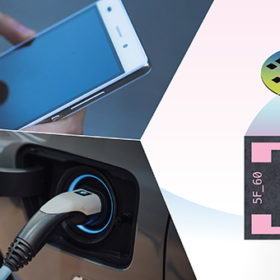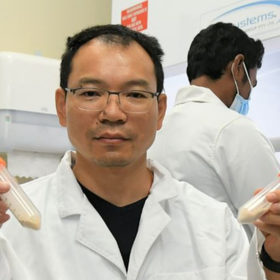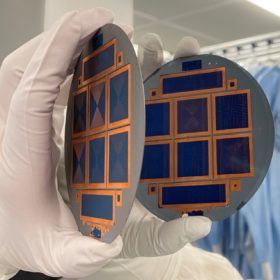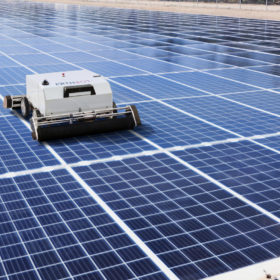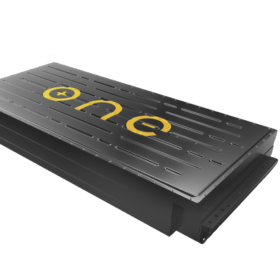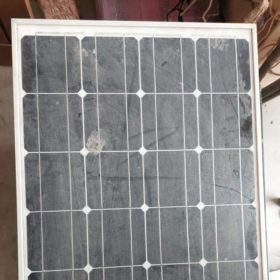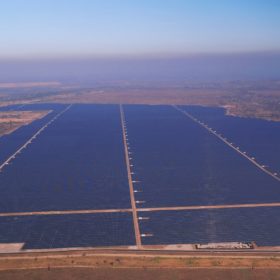New, powerful way to make micro supercapacitors
Swedish researchers have developed a novel way to manufacture micro supercapacitors, also known as system-on-a-chip, so they are compatible with other components in system circuits and can be easily tailored for different uses.
Full organic battery with 2.8V ouput voltage
The realization of biodegradable batteries is a step closer thanks to research from South Australia’s Flinders University, which has developed a 2.8V organic polymer battery. While this battery was made from synthetic polymers, research lead Zhongfan Jia told pv magazine Australia the team’s future iterations will source “materials directly from nature” saying this promises to reduce waste and reliance on mined materials and could have novel applications in fields like biotech.
Copper-plated heterojunction solar cell with 22.1% efficiency, 0.99 bifaciality factor
Built by a Dutch-Chinese research team, the cell is relying on a new type of hybrid-shaped Cu finger consisting of a rectangular bottom part and a round top part, which was integrated into the cell through a 2-step electrochemical deposition process. The Cu-plated device outperformed both optically and electrically a reference cell fabricated via screen printing.
US rackless, earth-mounted solar supplier secures funding
Erthos has secured $17.5 million in a Series B funding round and has a 2.5GW project pipeline.
US EV battery manufacturer demonstrates 750+ mile range, raises $65 million
Michigan’s Our Next Energy (ONE) said it will use the funding led by BMW to accelerate R&D and build a US manufacturing facility.
Luminous unveils integrated lithium battery inverter
Luminous has revealed its new Li-ON series 1250 inverter with integrated lithium-ion battery. It offers a compact, safe, plug-and-play power backup solution for retail and domestic applications.
Roadmap for solar module recycling in Bangladesh
Bangladesh currently does not have a recycling center for PV module recycling. But according to a group of local scientists, the country could evolve into a regional hub for PV waste recycling if proper guidelines are implemented.
The Hydrogen Stream: World’s largest electrolyzer fab breaks ground in Australia
Fortescue Future Industries says the first electrolyzers to be manufactured at the facility, early next year, are earmarked for use in Queensland at FFI’s planned green-hydrogen-to-ammonia project on Gibson Island.
Ukrainian energy company restarts grid generation from its solar parks
Clean energy facilities have been ordered offline in the nation since Thursday as the national grid ran an exercise to establish how it would function in isolation from the power networks of Russia and Belarus.
Satellite cyber attack paralyzes 11GW of German wind turbines
The communication channels affected are also used by photovoltaic systems.
